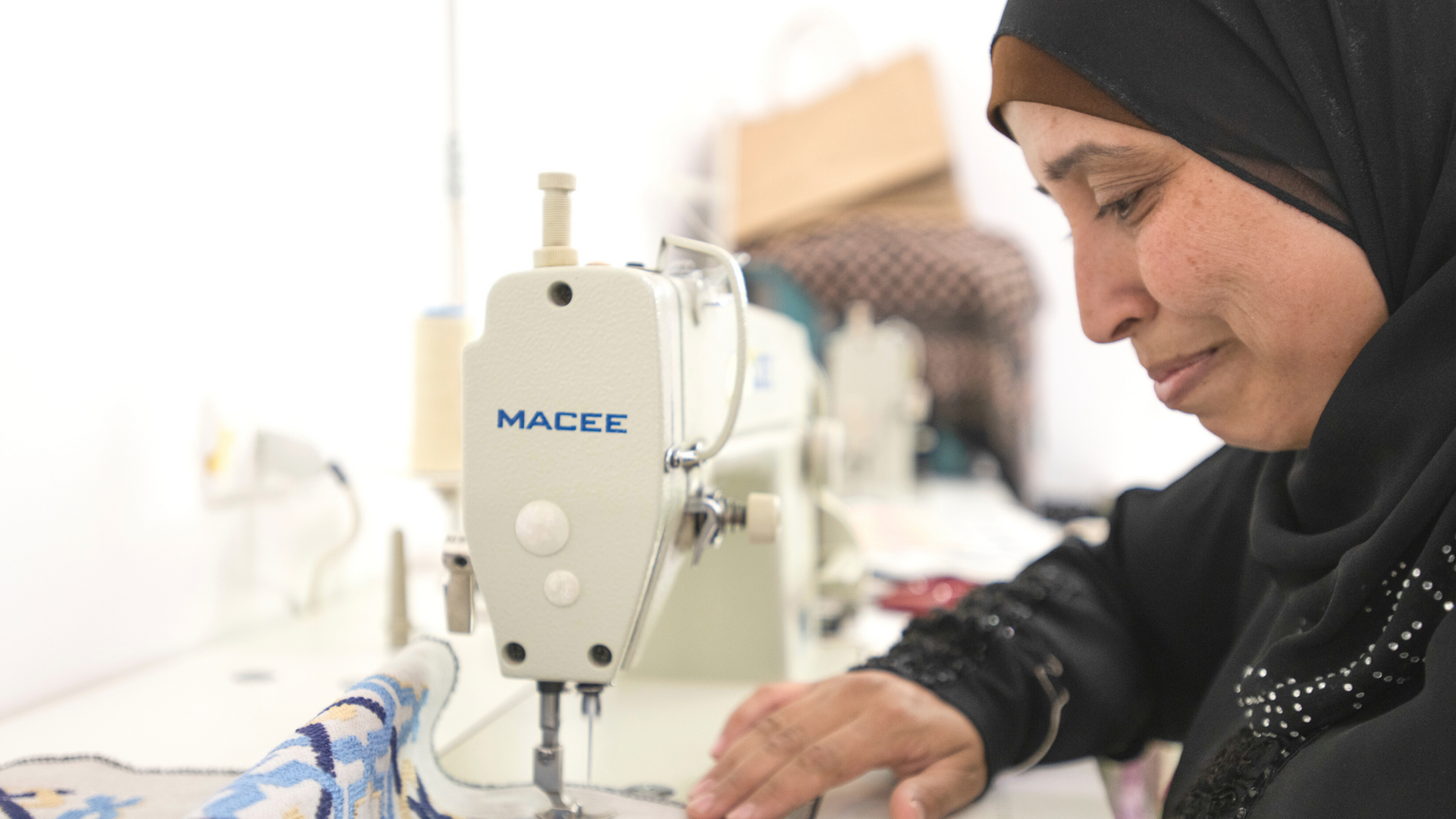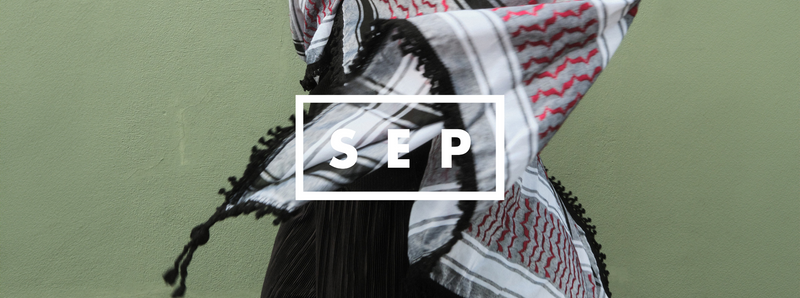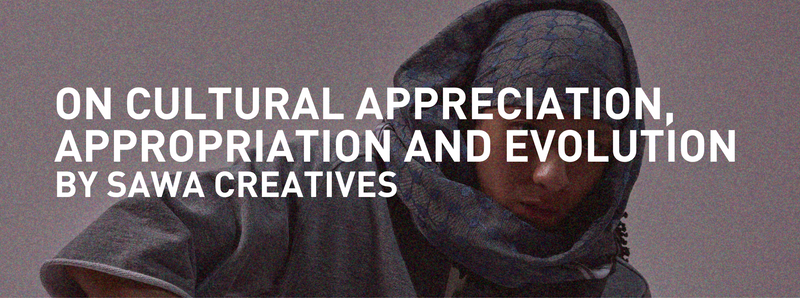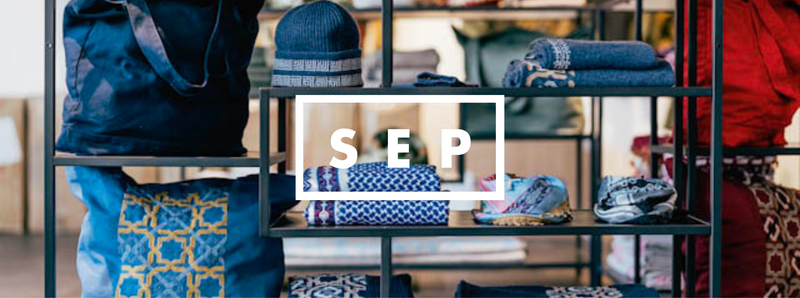MEET THE SEP ARTIST SERIES - 3. The story of Hiba
Posted on September 26 2021
Written by Emmy Plaschy, emmy·in·the·mix
On a warm summer afternoon, I had the chance to meet and sit down with some of the artists who put magic into fabrics, embroidering century-old intricate patterns with dedication and passion, one stitch at a time. All of them live in the Gaza refugee camp in Jerash, Jordan. Life is not always easy to say the least, but they have mastered the art of looking at life through the eye of a child: with authenticity, vulnerability and a great sense of humour. Meet our energetic and witty superhero #3!
Emmy: Hi Hiba, can you tell us a bit about yourself?
Hiba: Sure. I was born in the camp, and I have lived there my whole life. I studied fashion design in Jordan for 2 years, but I did not go to university. When I got married, we had a good situation: my husband worked in Saudi Arabia, I went there for 2 years.

Emmy: What happened after?
Hiba: When we came back to Jordan, the situation became tough. My husband is a mechanic and he had to provide for his family that has been getting older. We also had our children to take care of, 5 sons and 1 daughter!
Emmy: Is this when your story with SEP started?
Hiba: Yes, this is when I joined SEP, my daughter was only 6 months old at the time. I heard of the company by chance, actually. I had been sewing since I was a child. When I started at SEP, the team needed to translate an embroidery pattern into crosses on paper. I took the challenge and I managed to do it. For me it was easy!
Emmy: Are your children curious about the work you do?
Hiba: It is funny, when I finish an embroidery piece, my son helps me take off the canvas (editor’s note: SEP artists use waste canvas on top of their piece to help them embroider a regular pattern and organise stitches; upon completion they take it off, one thread at a time). He is the professional one, he tries to help! I am teaching my daughter to embroider, she’s 8 years old now.
Emmy: Would you like to share a picture with us?
Hiba: Yes, I came across this picture on Facebook. It is a sad picture showing that everything falls on the back of women. They get all the pressure in the Middle-East. No one imagines they bear so many responsibilities but they do. My days are busy: I prepare food for the family, I do the housework, I go to the market to buy what I need, and I work for SEP in the evening. In my case, my sons do help me at home, but never as much as my daughter!

Emmy: What do you think could improve your situation?
Hiba: A bag full of money [Hiba laughs]! I would like to set up a catering business to bring additional income for my family. My husband and I want to enable our children to study, get married and move to their own house.















